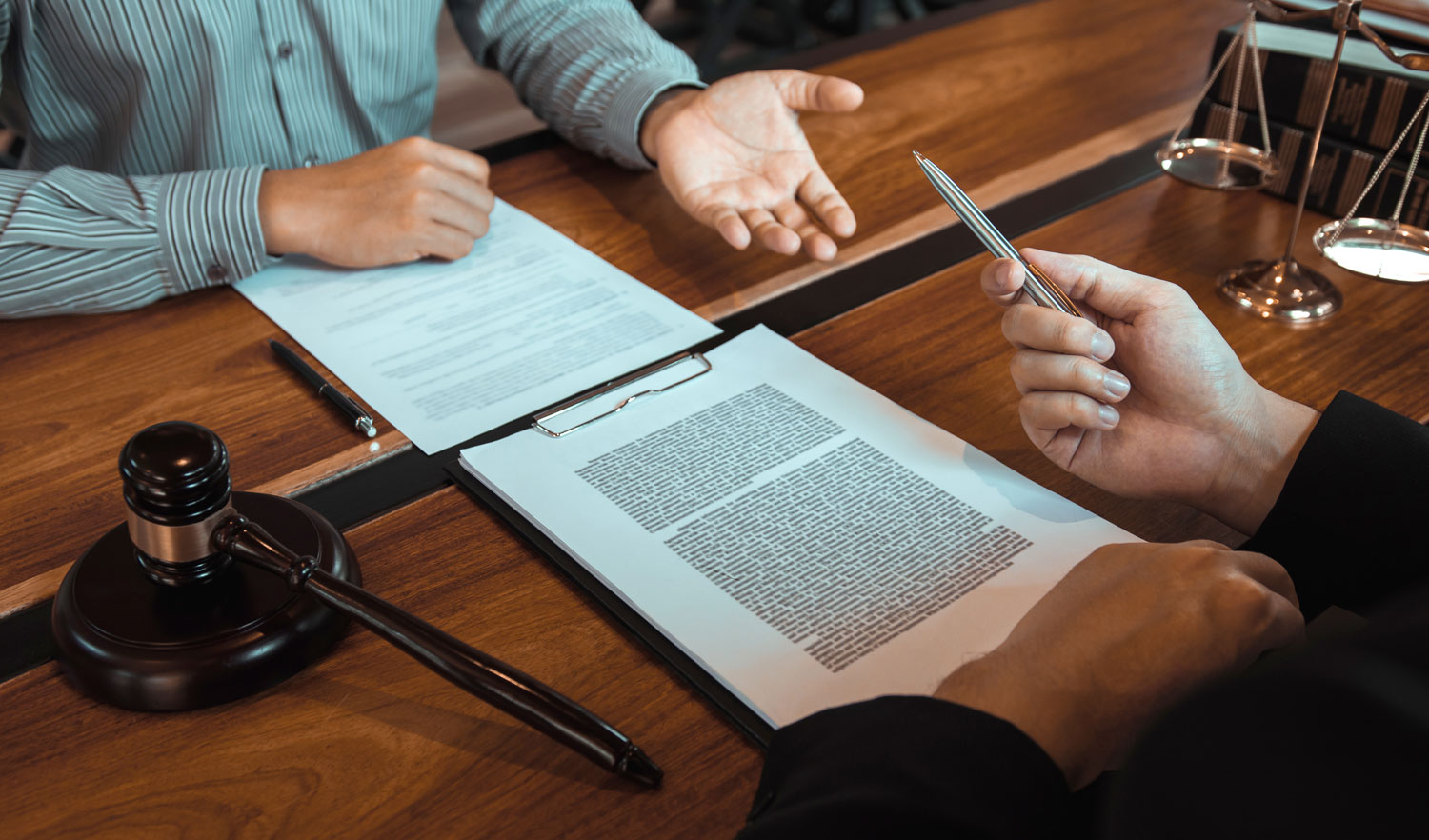How Does This Work?
When I get potential clients at the very beginning of the process, their #1 question is “how does this work?” Over the years, I have come up with a quick 3 step process to explain the basics.
Petition (or Response) and service
The first thing a party needs to do is petition (or respond) for a dissolution or custody action. The court needs to open a file and get a general idea of what the problems are in the case (custody, support, property, etc.). After petitioning the court, you must serve the opposing side with a court stamped copy. This is important to ensure both parties are subject to the Automatic Temporary Restraining Orders (ATROs). Serving the second party also starts the clock on two major items, the default clock (30 days from service) and the earliest official date of dissolution (6 months and 1 day from service). More on these in future posts. If you’re the party being served, you must be sure to file your response as soon as possible to avoid the default mentioned above and have the court help you with your contested issues.
Financial Disclosures – Divorce case
This is a very detailed step and sometimes uncomfortable but required. Each party needs to disclose and provide supporting documents for the assets of the community and individual separate property. Whether they are yours or you just know of their existence, you need to disclose as much information as possible. The more complete information you give the more accurate your settlement will be and the more an attorney can help. We also need to collect information regarding your income. Again, the more information you provide the more help we can give you.
Litigation or Negotiation
The final step can go in two different directions: litigation or negotiation. It can also be a combination of the two. Generally, we want to start with negotiation where possible as there is a duty to try to resolve the matter as efficiently as possible. This step is used to settle the entire case, or parts of the case. Every case gets evaluated by an attorney to determine how to approach the matter. There is no one size fits all. It can also change depending on how the facts of the case unfold through the legal matter. Parties and attorneys must be flexible enough to switch gears at any time.
The process can be boiled down to these steps in the initial consultation, but it is important for parties to be aware that each step takes time to complete and involves multiple people, institutions, and other variables.
Subscribe To Receive The Latest
Trustworthy insights into the latest legal developments
100% Spamless – Guaranteed



